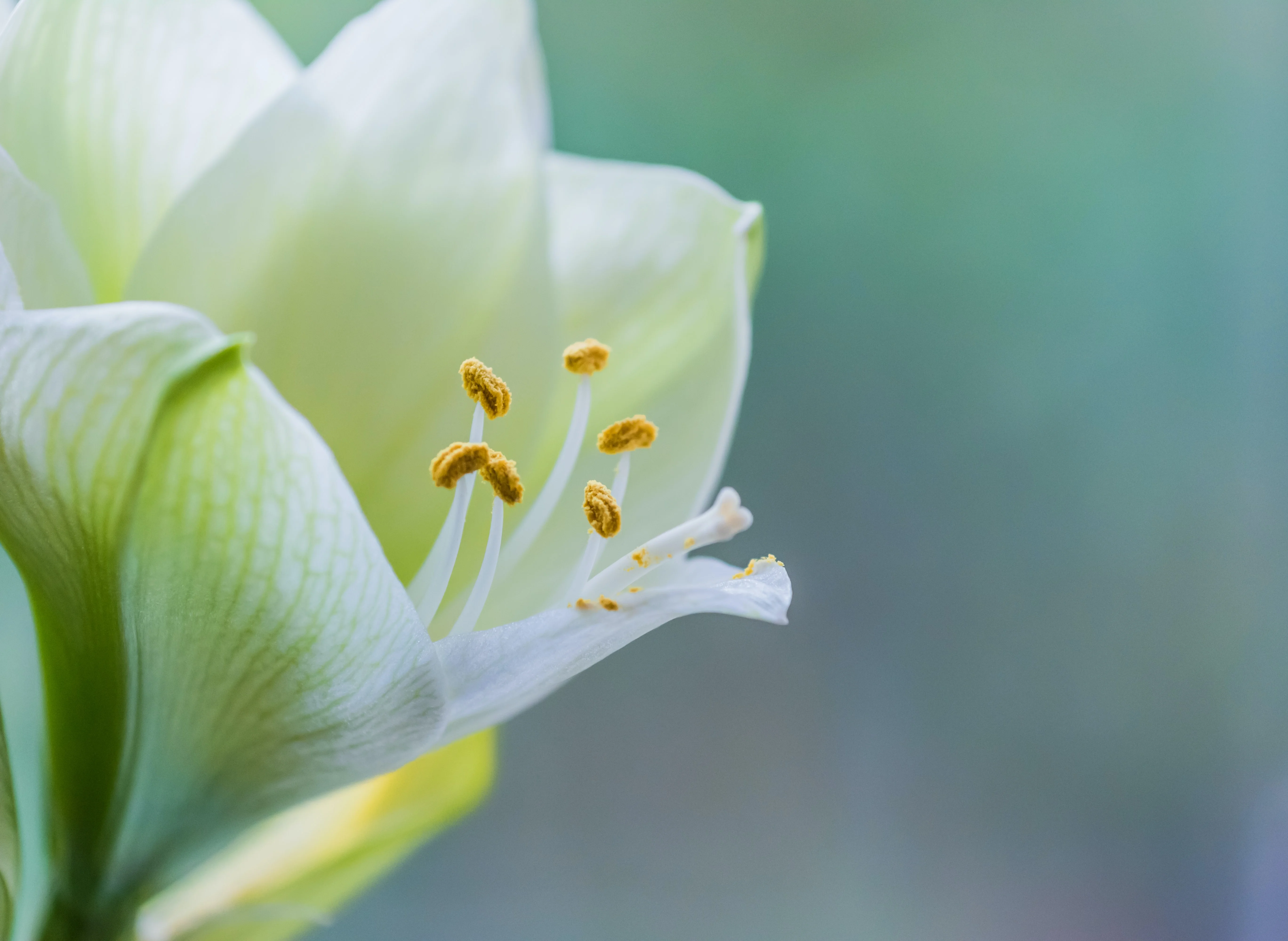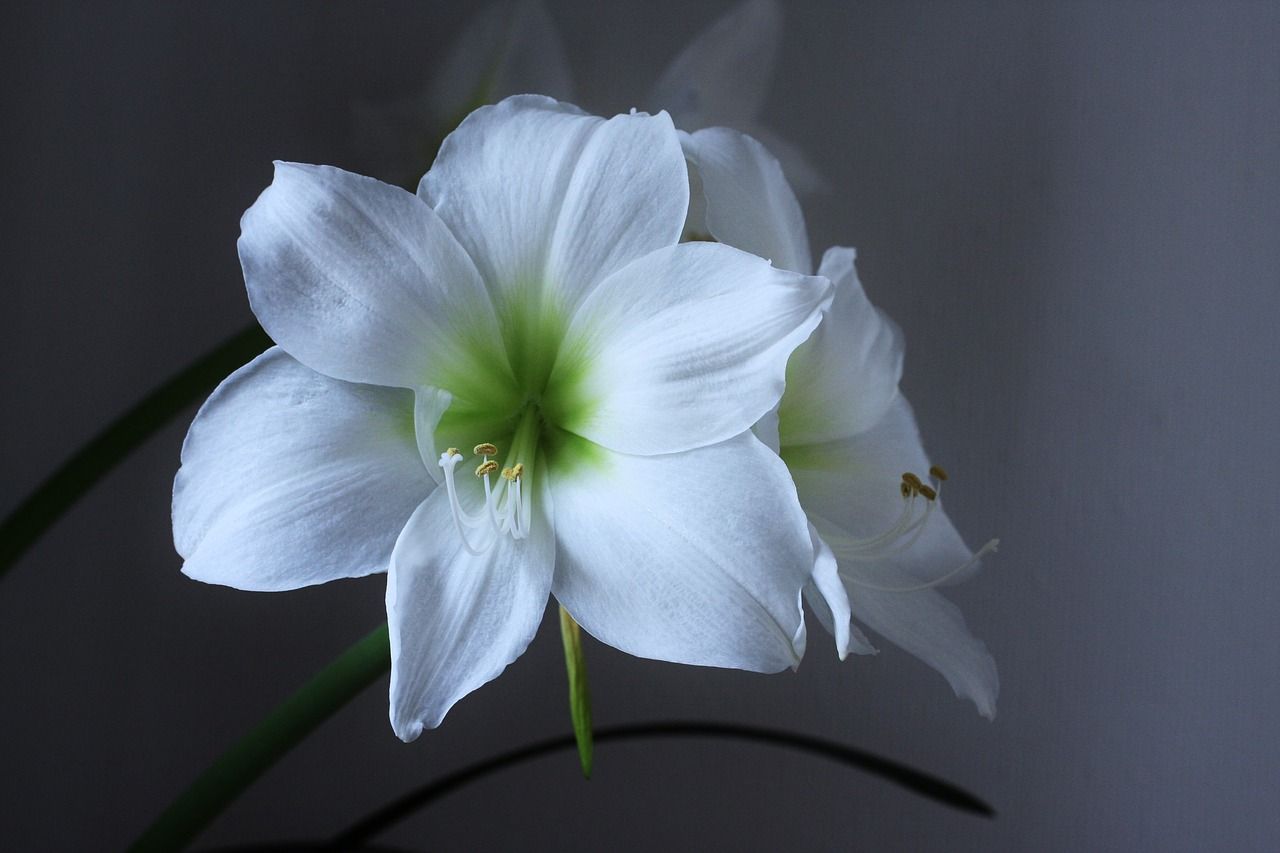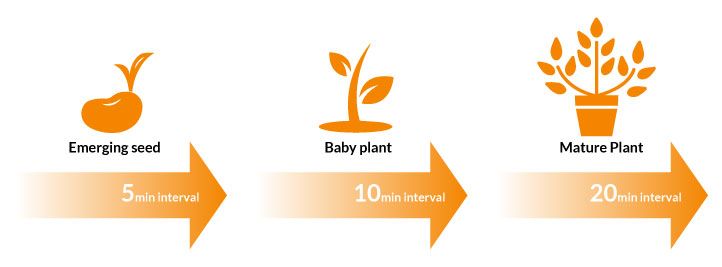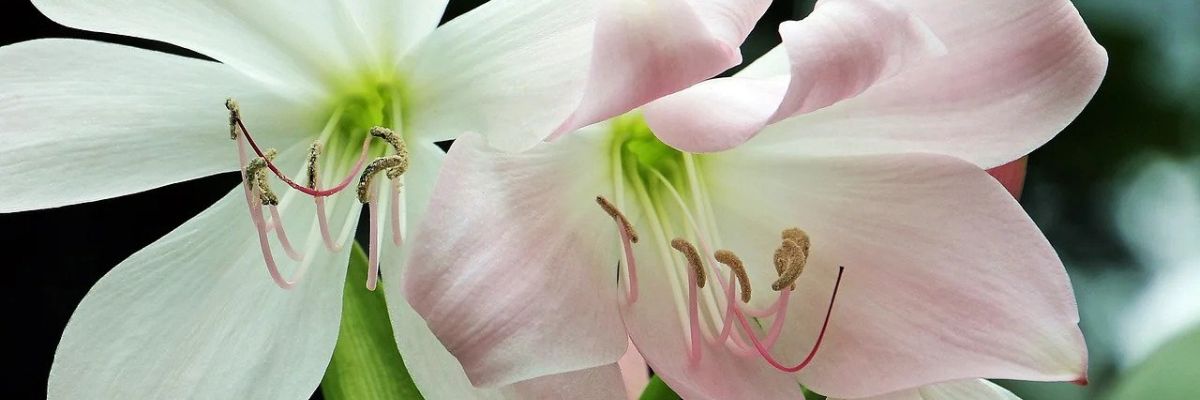
Interview with Ryan Connor the
brilliant creator behind The Growing Answers
His love of horticulture shines through
With 47.5k subscribers and over 8.6 million views, he has a great community of gardeners who collaboratively work together to improve their growing skills. Ryan conducts experiments to provide his viewers with answers to frequently asked gardening questions. Some of his experiments include a series on the best type of water for hydroponics, what are the best grow lights, providing aeration vs non-aeration conditions, and creating a bamboo forest in his backyard. His love of horticulture shines through his videos and he is passionate about sharing his experiences and providing a fun environment for his followers to learn. Time-lapse is used throughout his channel to help support his experiments and show diverse plant movements in different conditions.
Recently, Ryan undertook a 4.5-month long filming project where he used his Brinno TLC200Procameras to film an Amaryllis’ growth and flowering process. In addition to the impressive filming angles, there is a growing guide in the video description.
RO/DI Water vs Tap Water Hydroponics
Mars-Hydro SP-250 Review
Aeration vs No Aeration
Moso Bamboo Grown Indoors with LED lights
TLC200Procameras
Tell us about the amaryllis filming project.
What did your set up look like, how long did it take?
The Amaryllis time lapse was set up in my basement where I conduct all my experiments. I used a grow light and the side of a grow tent as a black background.
Throughout the growth, I would adjust the camera angles the process to try to capture everything I could. This particular plant grows rather fast and the camera or the plant always needed adjustment to reframe the shot.
It took several months to complete the project because the first phase was just to grow the leaves. The second phase (Flowering) did not start until about 8 weeks later after the plant was put into dormancy to trigger a flowering cycle.

Do you have any tips for fellow creators who want to film their plants?
The only tips I have for others are to learn manual controls on a camera and lens. You must precisely focus the lens and if you use an aftermarket lens that has an adjustable aperture, you need to close the aperture down enough to get the best focus and resolution.
I sometimes use a piece of paper with text on it to help focus and adjust the aperture for the best image. That is something that must be done at any time you change the camera position. With that said, get an adjustable lens.
My next tip is to know the intervals you want to use. For emerging seedlings, I often set it up to take a photo every 5 minutes. After a few days, I will then change the intervals to take a photo every 10 minutes. As a plant gets larger and the changes become less apparent I will often set the camera to take photos every 20 minutes. This all depends on the growth rate though. A slow-growing house plant such as Pothos Ivy, 1-2 pictures a day is all that needed. And always make use of the internal timer control. There is no sense to have the camera take photos in the dark which can make editing later on more difficult and it just drains the batteries faster.

Ryan’s top filming tips
- Use a piece of paper with text to help focus and adjust the aperture
- Remember to refocus every time you move your camera
- Adjust your interval depending on the type of plant and its growth stage
- Set a schedule or timer to the only record during the daytime
- Follow Ryan on his Growing Answers YouTubeChannel or on Facebook.

















